Japandi vs Minimalist Design: Understanding the Key Differences and How to Style Your Home
Table Of Contents
- Introduction
- What is Japandi Style?
- What is Minimalist Style?
- Key Differences Between Japandi and Minimalist Design
- Similarities Between Japandi and Minimalist Design
- Which Style is Right for Your Home?
- Can You Mix Japandi and Minimalist Styles?
- Conclusion
Japandi vs Minimalist Design: Understanding the Key Differences and How to Style Your Home
In the world of interior design, both Japandi and Minimalist styles have gained tremendous popularity for their clean aesthetics and functional approach to living spaces. While these two design philosophies share certain principles, they each offer distinctive characteristics that create markedly different atmospheres in a home. Whether you're renovating your space or simply refining your interior design preferences, understanding the nuances between Japandi and Minimalist design can help you create a home that truly reflects your personal style while maintaining harmony and functionality.
At Loft Home Furniture, we've seen growing interest in both these refined design approaches among Singapore homeowners. Many customers come to us curious about which style better suits their lifestyle and living space. This comprehensive guide will walk you through the essential elements of both Japandi and Minimalist design, highlight their key differences and similarities, and help you determine which aesthetic might work best in your home—or how you might thoughtfully combine elements of both.
What is Japandi Style?
Japandi design represents a beautiful fusion of Japanese and Scandinavian (Nordic) design philosophies. This hybrid style emerged as designers recognized the natural harmony between these two distinct approaches to creating living spaces. Both traditions value simplicity, natural elements, and craftsmanship, making their combination feel intuitive rather than forced.
At its core, Japandi embraces the Japanese concept of "wabi-sabi" (finding beauty in imperfection) alongside the Scandinavian principle of "hygge" (creating comfort and contentment). The result is a design aesthetic that feels both warm and minimalist, combining Japanese elegance and restraint with Scandinavian functionality and comfort.
Key characteristics of Japandi style include:
- Warm minimalism: Clean lines and uncluttered spaces, but with warmth and texture
- Natural materials: Heavy emphasis on wood (especially in darker or mid-tones), bamboo, rattan, and natural fibers
- Earthy color palette: Muted, neutral tones complemented by rich, nature-inspired accent colors
- Craftsmanship focus: Appreciation for handcrafted items with visible craftsmanship
- Functional beauty: Every item serves both practical and aesthetic purposes
Japandi interiors exude tranquility while maintaining visual interest through thoughtfully curated contrast. You'll find sleek lines juxtaposed with organic shapes, and modern elements balanced against traditional craftsmanship. Our Japandi sofas and Japandi tables collections showcase this harmonious balance perfectly, offering pieces that embody the restrained elegance characteristic of this style.
What is Minimalist Style?
Minimalist design emerged from the artistic minimalism movement of the 1960s and 1970s, embodying the philosophy that "less is more." This approach to interior design strips away excess, focusing on essential elements and creating spaces defined by their simplicity, clean lines, and monochromatic color scheme.
True minimalism goes beyond mere aesthetics; it represents a mindful approach to living where each item in your space serves a clear purpose. Minimalist interiors reject clutter and ornamentation in favor of breathing room and intentional design choices. The style favors quality over quantity, encouraging thoughtful curation of fewer, better items rather than abundant decorative elements.
Defining features of Minimalist style include:
- Extreme simplicity: Reduction to the absolute essentials with no superfluous elements
- Neutral color palette: Predominantly whites, grays, and blacks with very minimal color accents
- Clean, sharp lines: Geometric shapes and defined edges throughout the space
- Open, uncluttered spaces: Generous negative space is a key design element
- Monochromatic tendencies: Limited color variation with occasional strategic contrasts
- Hidden storage solutions: Emphasizes hiding practical items to maintain visual simplicity
Our Minimalist sofas collection exemplifies these principles with clean-lined pieces that prioritize form and function without unnecessary embellishment. Similarly, our Minimalist tables demonstrate how streamlined furniture can create powerful impact through their purity of design rather than decorative elements.
Key Differences Between Japandi and Minimalist Design
While both Japandi and Minimalist designs value simplicity, they diverge significantly in their execution and overall feel. Understanding these distinctions can help you determine which approach better aligns with your personal aesthetic and lifestyle needs.
Color Palette
Minimalist: Traditional minimalist design embraces a strictly limited color palette, typically dominated by whites, blacks, and grays. Color is used sparingly, if at all, and usually in small doses as accents. This creates a crisp, gallery-like atmosphere that emphasizes shape and form over color variation.
Japandi: While still restrained, the Japandi color palette is significantly warmer and more varied. It incorporates earthy neutrals like taupes, warm grays, and rich browns, alongside muted nature-inspired tones such as moss green, terracotta, and deep ocean blue. This broader range creates spaces that feel both calm and inviting rather than stark.
Materials and Textures
Minimalist: Traditional minimalism often features sleek, manufactured materials like polished metal, glass, and high-gloss surfaces. Textures are generally smooth and uniform, contributing to the style's streamlined appearance. Contemporary minimalism has evolved to include more natural materials, but often in their most refined forms.
Japandi: Natural materials reign supreme in Japandi design, with special emphasis on wood with visible grain patterns, rattan, bamboo, paper, and natural textiles like linen and cotton. Texture plays a crucial role, with rough-hewn wood, hand-thrown ceramics, and woven elements creating tactile interest. These materials are often showcased in their imperfect, natural state rather than polished to perfection.
Furniture Choices
Minimalist: Furniture in minimalist spaces tends toward angular, geometric forms with crisp edges and slim profiles. Pieces often appear to float with raised legs and minimal visual weight. Materials like steel, glass, and engineered woods are common. Our Minimalist chairs collection demonstrates this emphasis on clean lines and geometric precision.
Japandi: Japandi furniture combines the functional simplicity of Scandinavian design with Japanese influences, resulting in pieces with softer silhouettes and organic curves alongside clean lines. Furniture typically features natural wood in mid to dark tones, often with visible craftsmanship details. Low-profile designs are common, as seen in our Japandi chairs that balance comfort with restrained elegance.
Decorative Elements
Minimalist: True minimalism largely rejects decorative elements, operating on the principle that form follows function. Artwork, if present, tends to be bold and graphic, often in black and white. Decorative objects are extremely selective and usually serve a dual purpose.
Japandi: While still curated and intentional, Japandi embraces carefully chosen decorative elements that add character and warmth. Handcrafted ceramics, botanical elements, natural textiles, and artisanal objects are welcomed. Artwork often depicts nature or abstract forms in muted tones. The Japandi storages in our collection often feature subtle decorative elements that highlight craftsmanship while maintaining clean lines.
Overall Atmosphere
Minimalist: Minimalist interiors create a sense of pristine order, intellectual clarity, and contemporary sophistication. The atmosphere tends to feel gallery-like, cool, and precisely controlled. This creates spaces that can feel dramatically modern but sometimes lack warmth.
Japandi: Japandi spaces evoke a sense of calming harmony, organic elegance, and lived-in comfort. The atmosphere is serene and contemplative but with a cozy, inviting quality. These interiors feel both sophisticated and approachable simultaneously, making them well-suited to everyday living.
Similarities Between Japandi and Minimalist Design
Despite their differences, Japandi and Minimalist designs share important foundational principles that make them appealing to those seeking thoughtful, intentional living spaces:
Clutter-free philosophy: Both styles reject excess possessions and unnecessary items, believing that physical clutter creates mental clutter. Each emphasizes the importance of curating your belongings thoughtfully.
Functionality focus: Neither style sacrifices function for form. Both prioritize pieces that work effectively for their intended purpose, with streamlined designs that eliminate superfluous elements.
Quality over quantity: Both Japandi and Minimalist approaches value investing in fewer, better-quality pieces rather than accumulating many mediocre items. This sustainability-minded approach aligns with contemporary concerns about consumption.
Clean lines: While they may differ in execution (Japandi allowing for more organic curves), both styles value clean, intentional lines and forms without excessive ornamentation.
Thoughtful negative space: Both designs recognize the importance of negative space (or "ma" in Japanese design tradition), allowing rooms to breathe rather than filling every available surface.
Which Style is Right for Your Home?
Choosing between Japandi and Minimalist design depends on your personal preferences, lifestyle needs, and the feeling you want to create in your home. Consider these factors when deciding:
Choose Minimalist if you:
- Prefer a distinctly contemporary, urban aesthetic
- Love clean, architectural lines and geometric precision
- Feel most comfortable in bright, crisp environments
- Appreciate dramatic contrasts and graphic impact
- Value visual simplicity above all else
- Want furniture that makes a bold, modern statement
Our Minimalist storages collection would be perfect for creating this sleek, contemporary look in your home.
Choose Japandi if you:
- Desire warmth and comfort alongside simplicity
- Appreciate natural materials and organic forms
- Prefer spaces that feel both serene and inviting
- Value craftsmanship and handmade quality
- Want to incorporate subtle color and texture
- Seek balance between traditional and contemporary elements
Consider exploring our Minimalist bed frames or various Japandi furniture collections to begin creating your ideal space.
Can You Mix Japandi and Minimalist Styles?
Absolutely! In fact, since Japandi already incorporates elements of minimalism through its Scandinavian influence, these styles can blend seamlessly when approached thoughtfully. Here are some effective strategies for combining aspects of both:
Start with a minimalist foundation: Begin with the clean lines and simplified approach of minimalism as your base. Choose simple furniture with clean silhouettes and a neutral color scheme.
Add Japandi warmth: Layer in natural materials, varied textures, and perhaps a slightly expanded color palette with earthy tones to bring Japandi warmth to your minimalist foundation.
Incorporate mindful decorative elements: Select a few handcrafted items or natural elements that add character without creating clutter. A handmade ceramic vase, a small arrangement of branches, or a textured throw can add Japandi soul to minimalist spaces.
Balance contrast with cohesion: If incorporating darker wood tones characteristic of Japandi alongside minimalist whites, ensure cohesion through repeated elements. Perhaps your dining chairs have black metal frames that complement your dark wood dining table, creating dialogue between the pieces.
Let function guide decisions: Both styles prioritize functionality, so let this principle guide your choices. Select pieces that serve their purpose beautifully, regardless of which specific style they represent.
At Loft Home Furniture, many of our customers successfully blend these styles, creating spaces that feel both contemporary and warm. Our diverse collections of sofas and tables offer options that work beautifully in either pure or blended design approaches.
Conclusion
While Minimalist and Japandi designs share a commitment to simplicity and functionality, they differ significantly in their execution and overall feeling. Minimalism offers crisp, contemporary spaces defined by geometric precision and dramatic restraint, while Japandi introduces warmth, natural elements, and subtle organic qualities to create spaces that feel both serene and welcoming.
Understanding these distinctions allows you to make informed choices about your interior design approach, whether you're drawn to the cool sophistication of Minimalism, the balanced warmth of Japandi, or a thoughtful blend of both aesthetics. Either way, both styles encourage mindful curation of your living space, focusing on quality over quantity and creating environments that support wellbeing through thoughtful design.
The best space is ultimately one that reflects your personal style while supporting your daily life—whether that means the pristine simplicity of Minimalism, the harmonious balance of Japandi, or your own unique interpretation that borrows from both traditions.
Whether you're redesigning your entire home or simply refreshing a room, understanding the distinctions between Japandi and Minimalist design provides valuable guidance as you select furniture, finishes, and decorative elements. Both approaches offer compelling benefits—Minimalism with its bold, contemporary clarity, and Japandi with its harmonious blend of warmth and restraint.
At Loft Home Furniture, we're dedicated to helping Singapore homeowners create spaces that feel both beautiful and livable. Our collections include exceptional pieces that embody both Minimalist and Japandi design principles, allowing you to craft interiors that perfectly match your personal aesthetic preferences.
Find your perfect Japandi and Minimalist furniture pieces in our extensive collection at Loft Home Furniture. Visit our showroom at Gambas Crescent to experience these beautiful design styles in person.
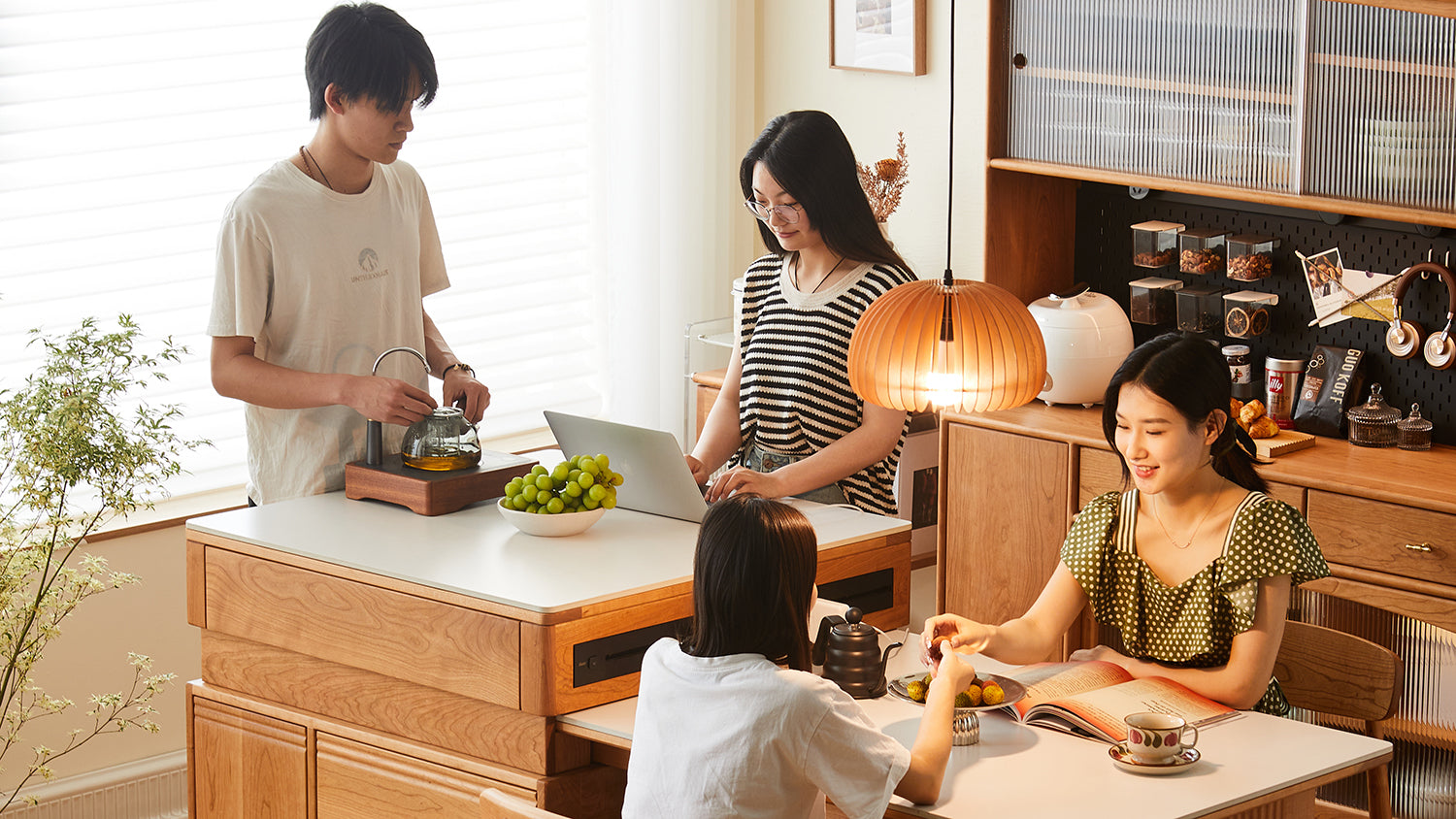

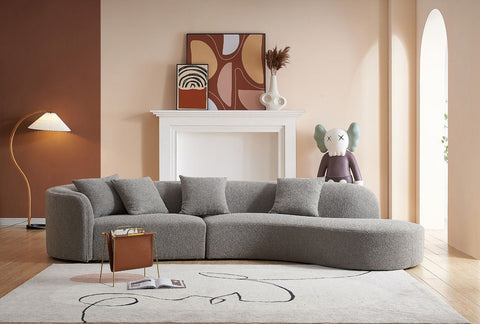
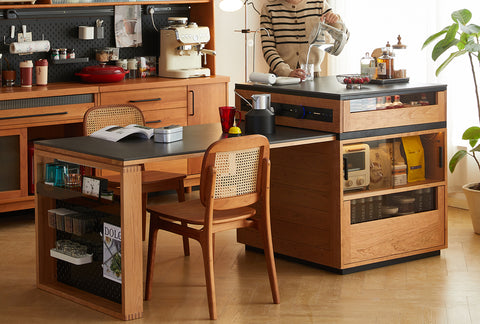
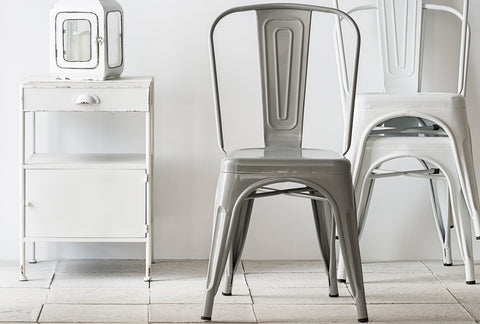
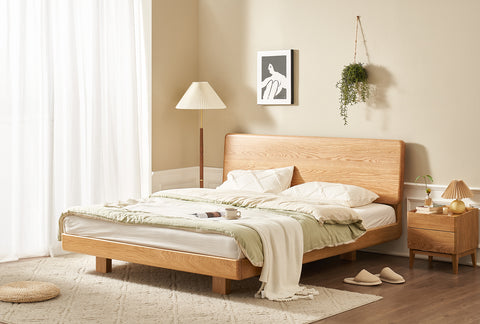
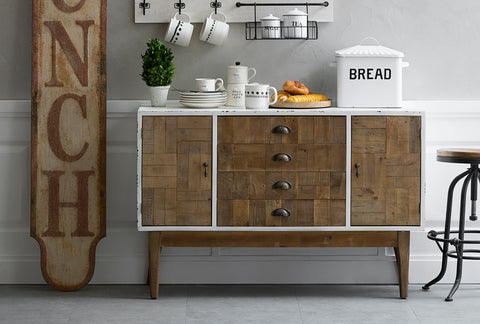








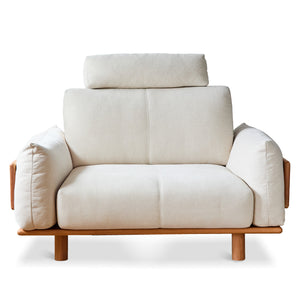


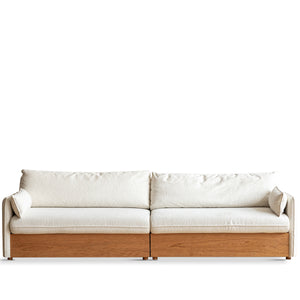
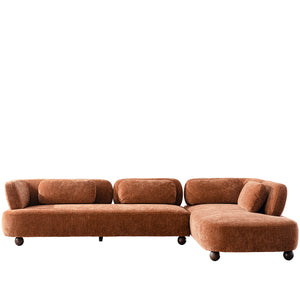
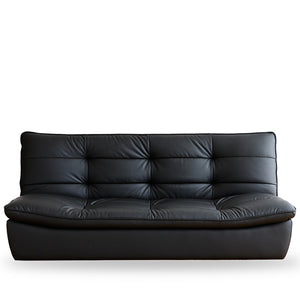
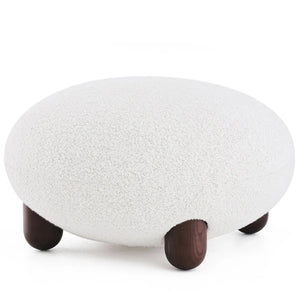


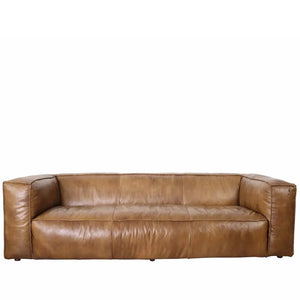
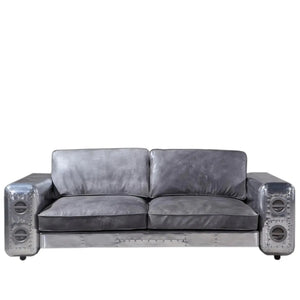
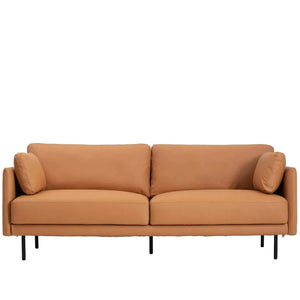
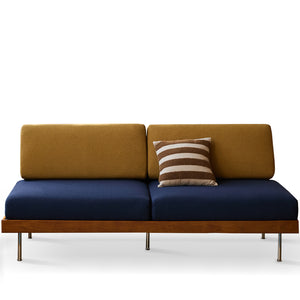
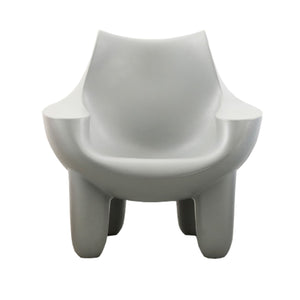


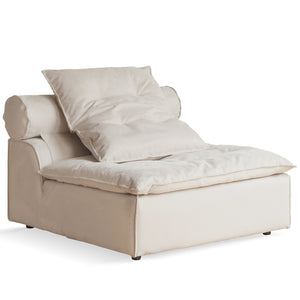

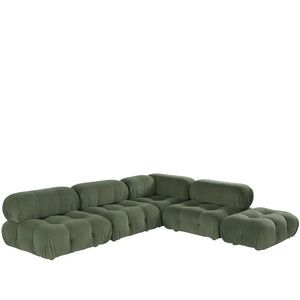
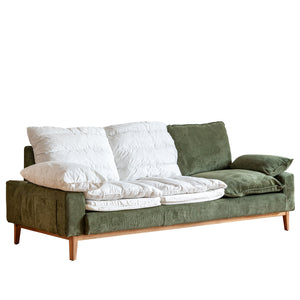
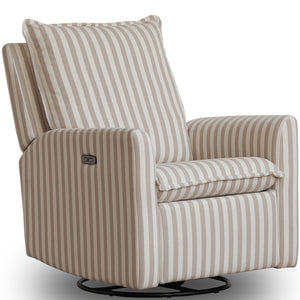

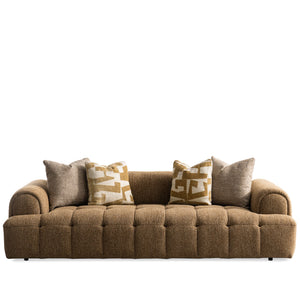

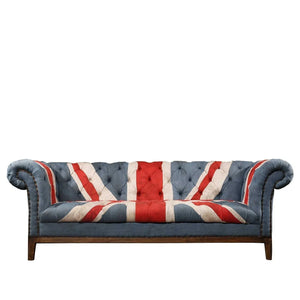
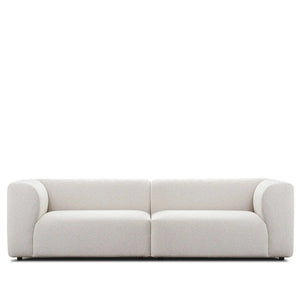
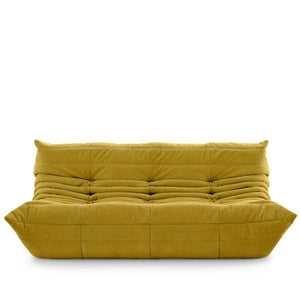
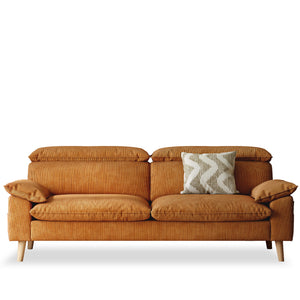

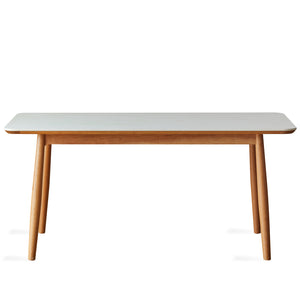
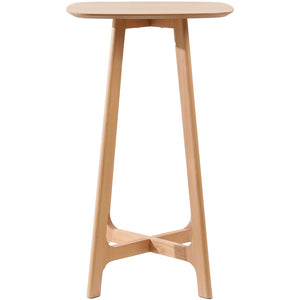
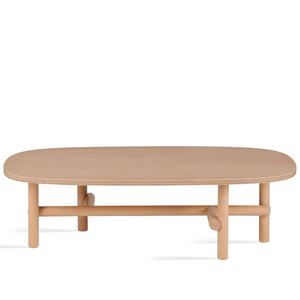

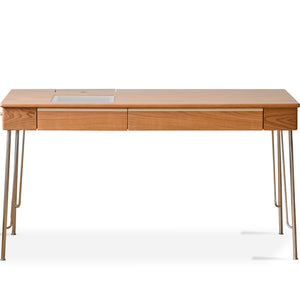
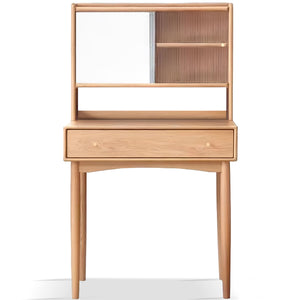

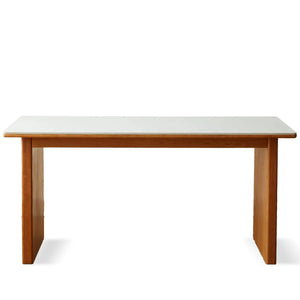
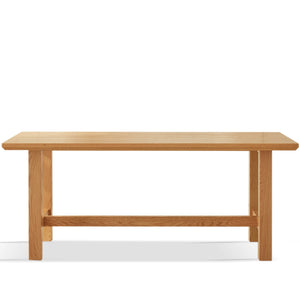
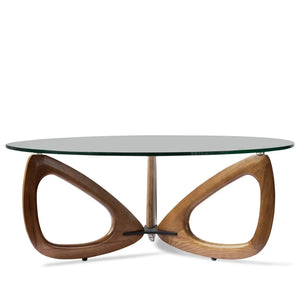
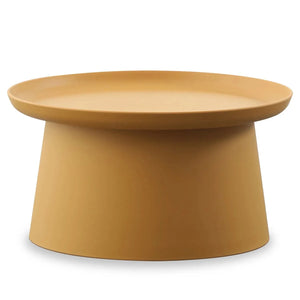

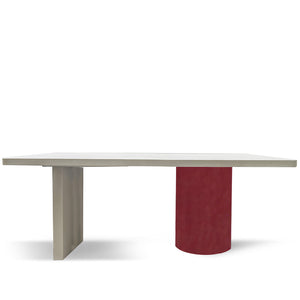

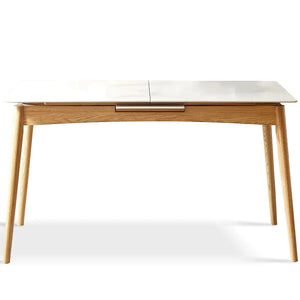
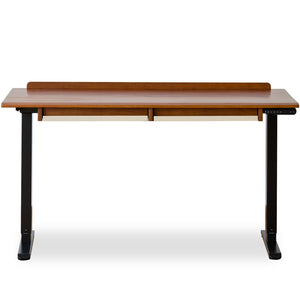
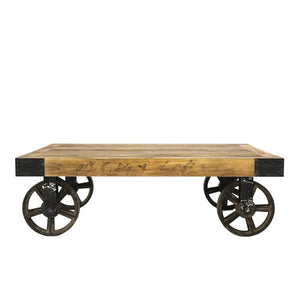

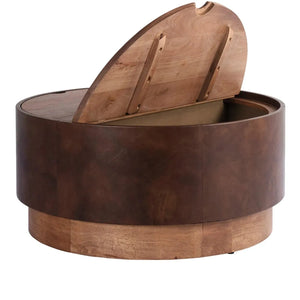


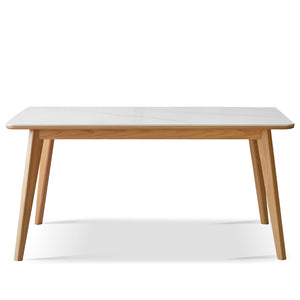

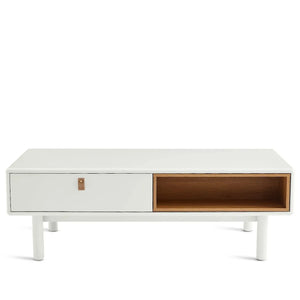

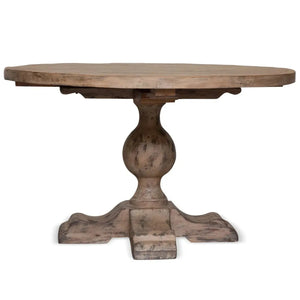


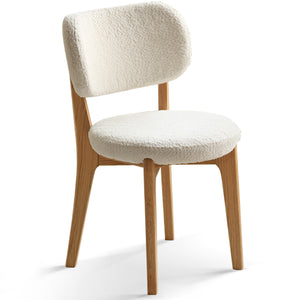
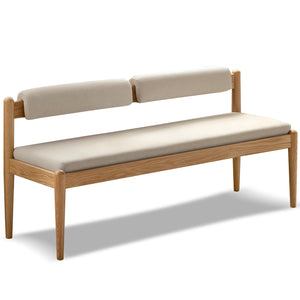
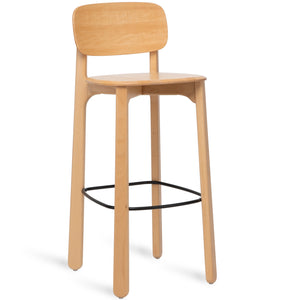
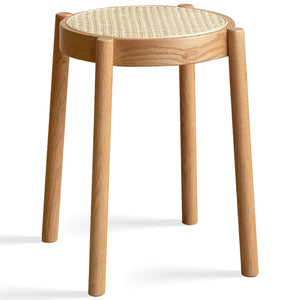
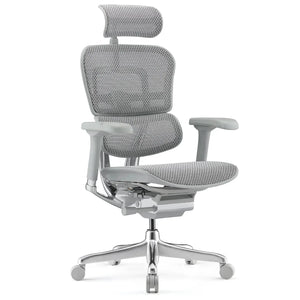

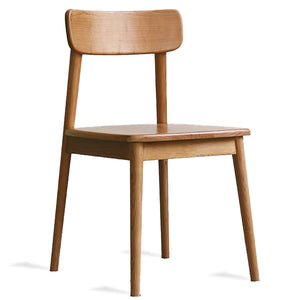
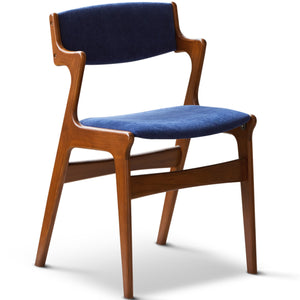
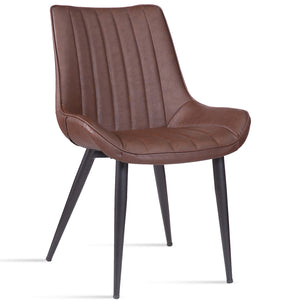
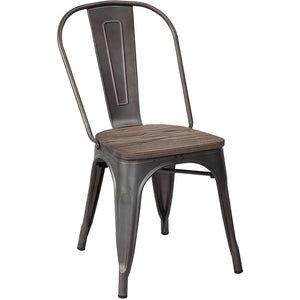
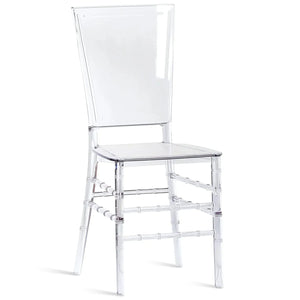
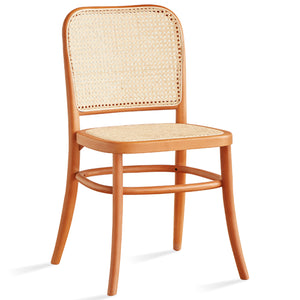

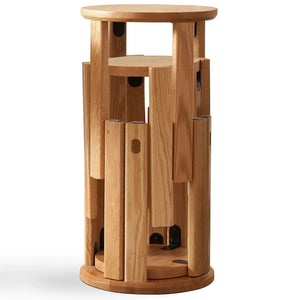

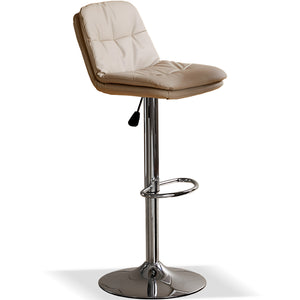
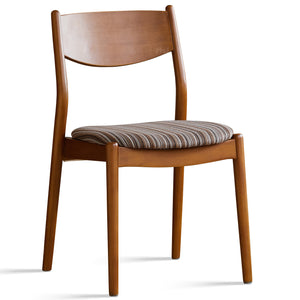
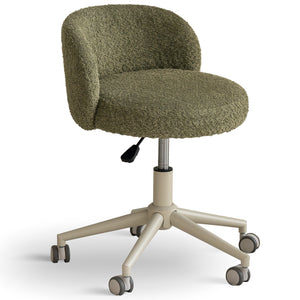
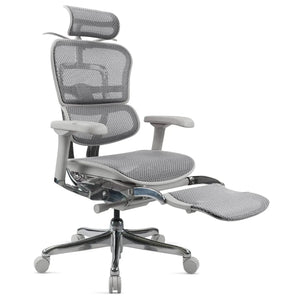

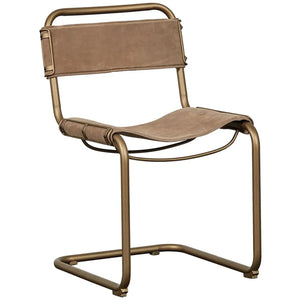
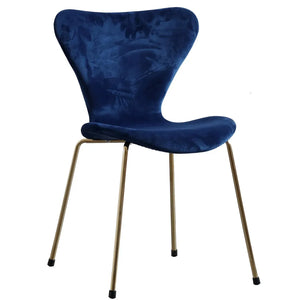

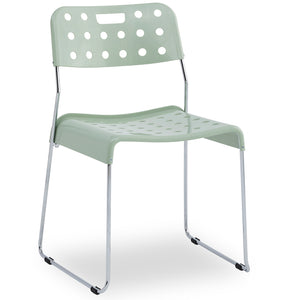
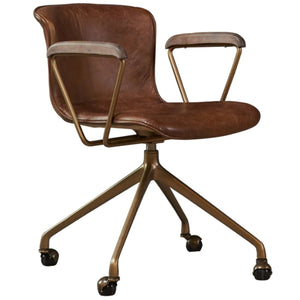
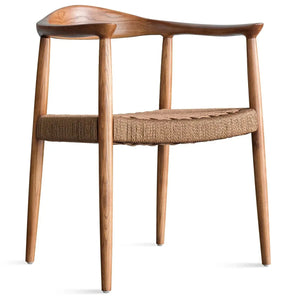

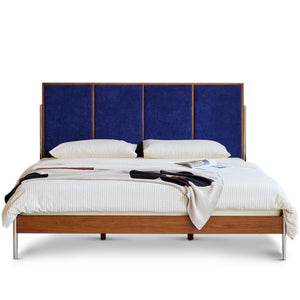


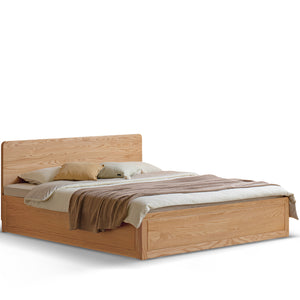
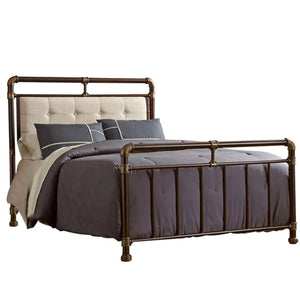
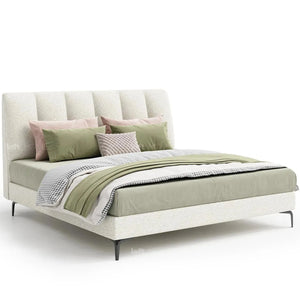
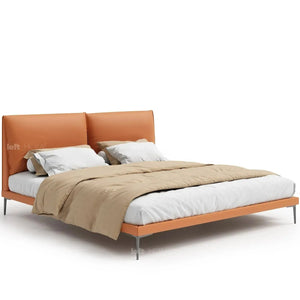
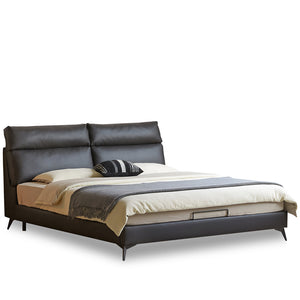
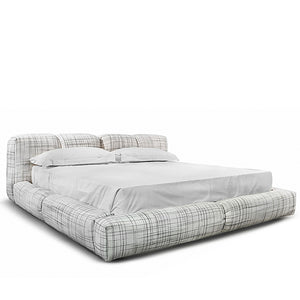

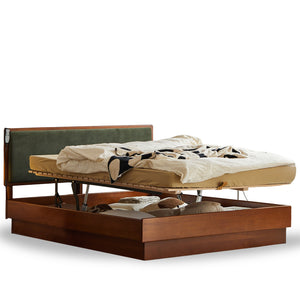


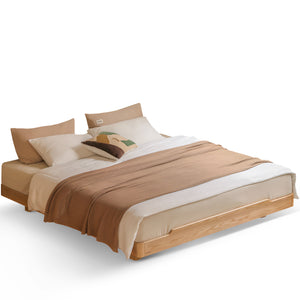
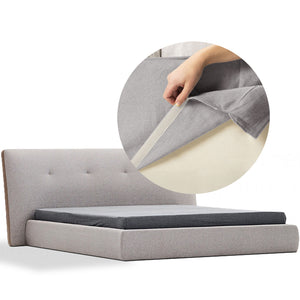
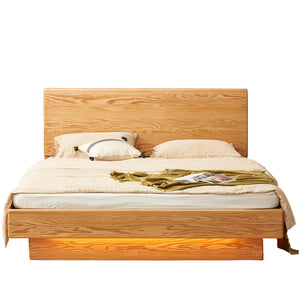

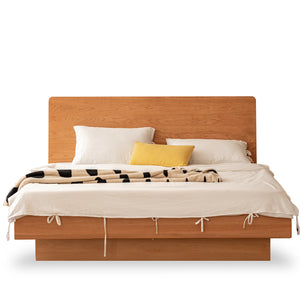
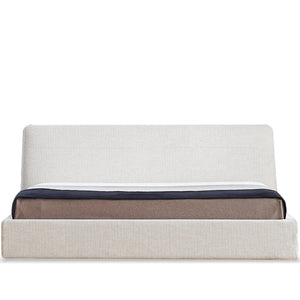
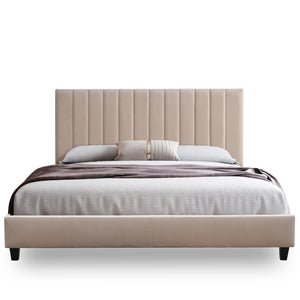
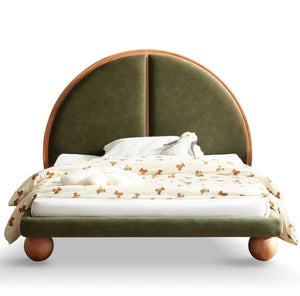
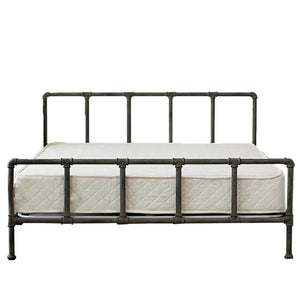

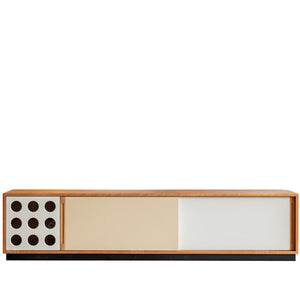

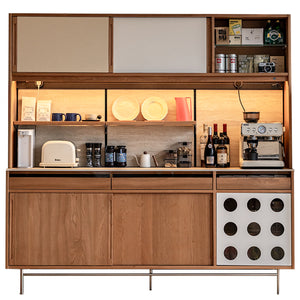

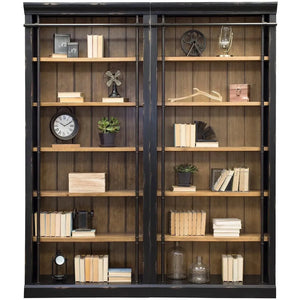
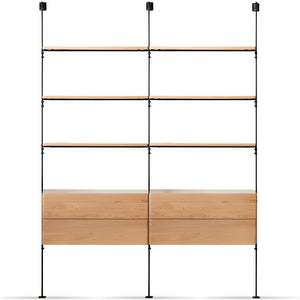


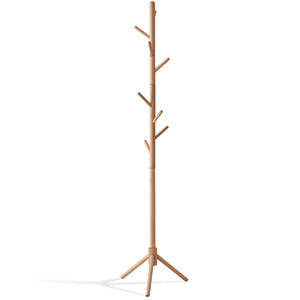

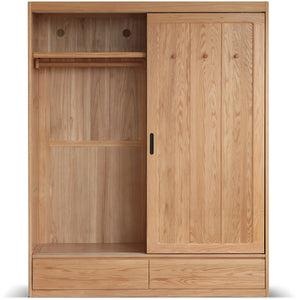

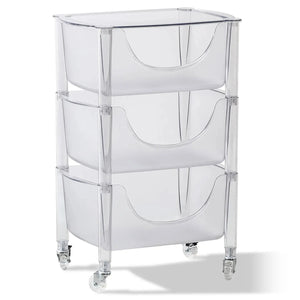
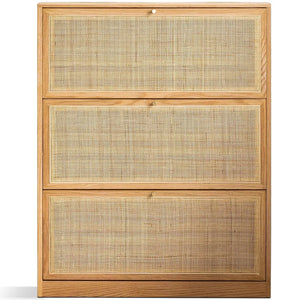
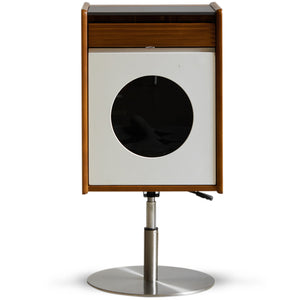
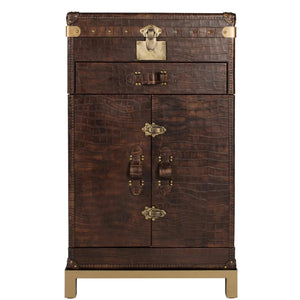

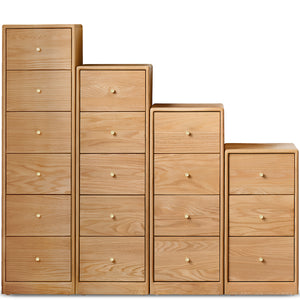
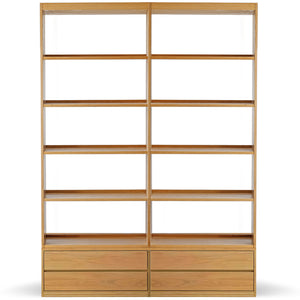
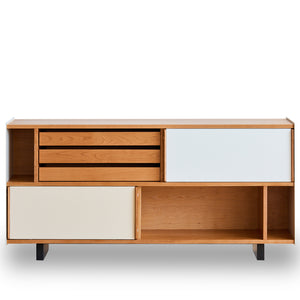
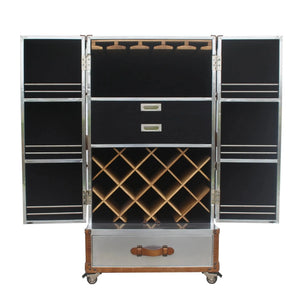



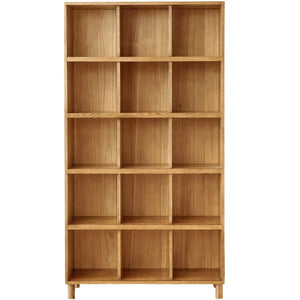


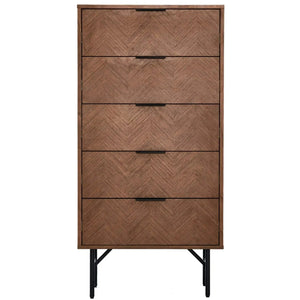
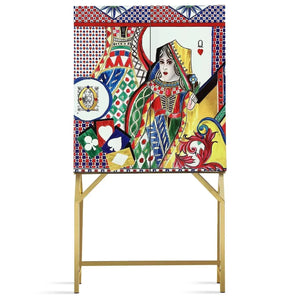
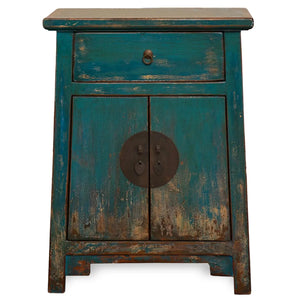
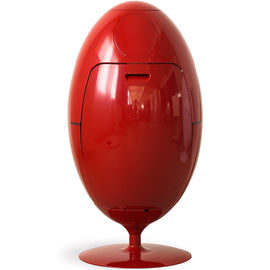
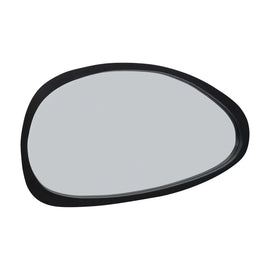

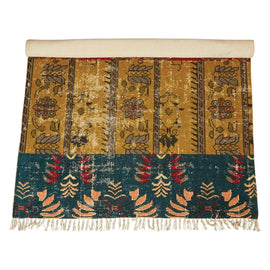
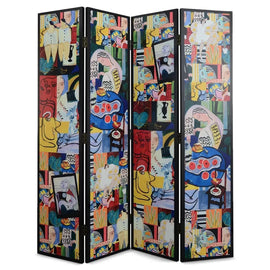

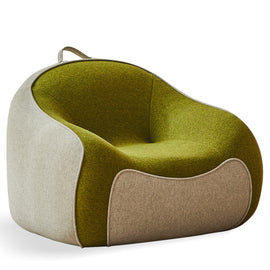
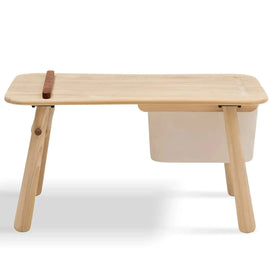
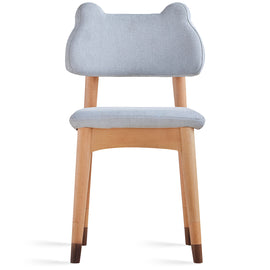
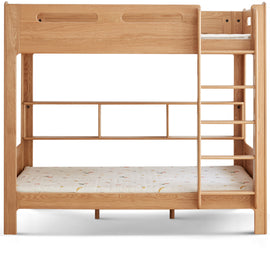
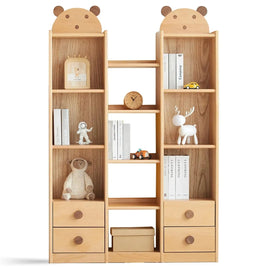

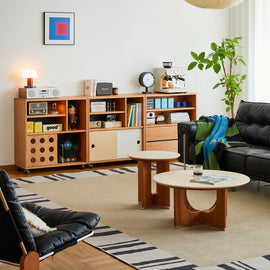


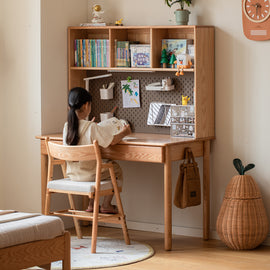
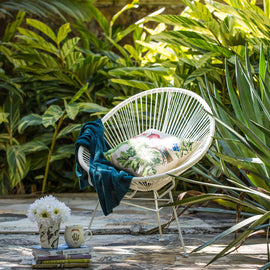
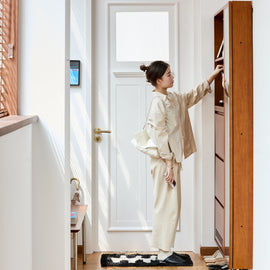
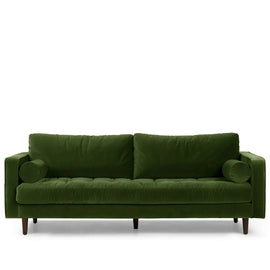
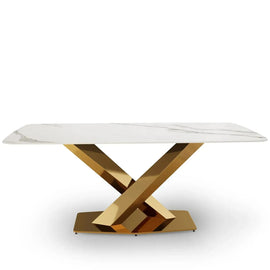
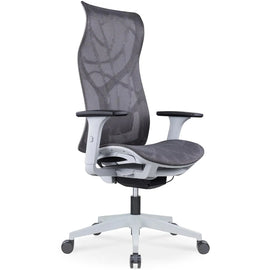

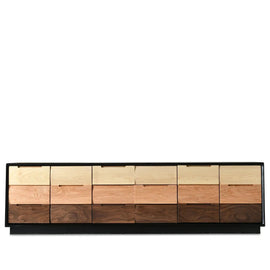


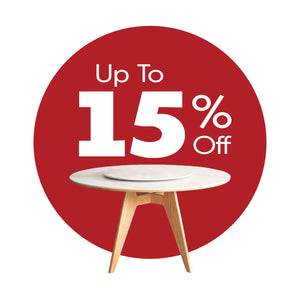


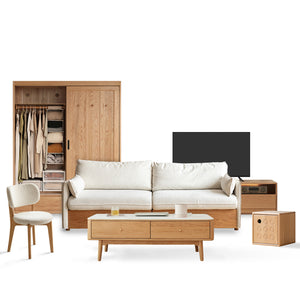
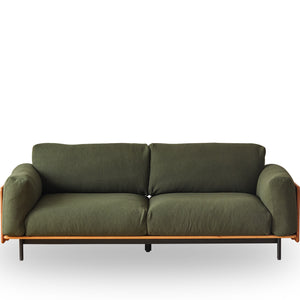
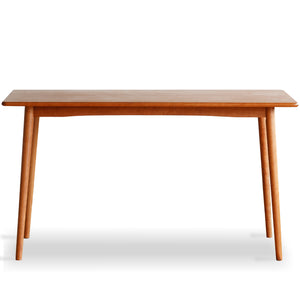
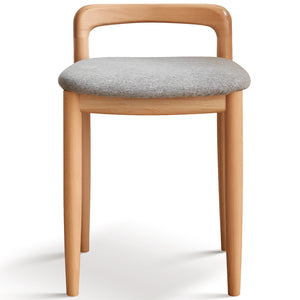

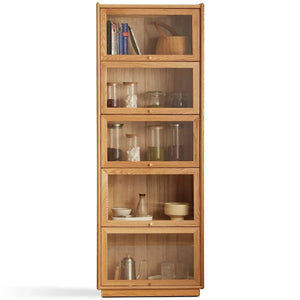
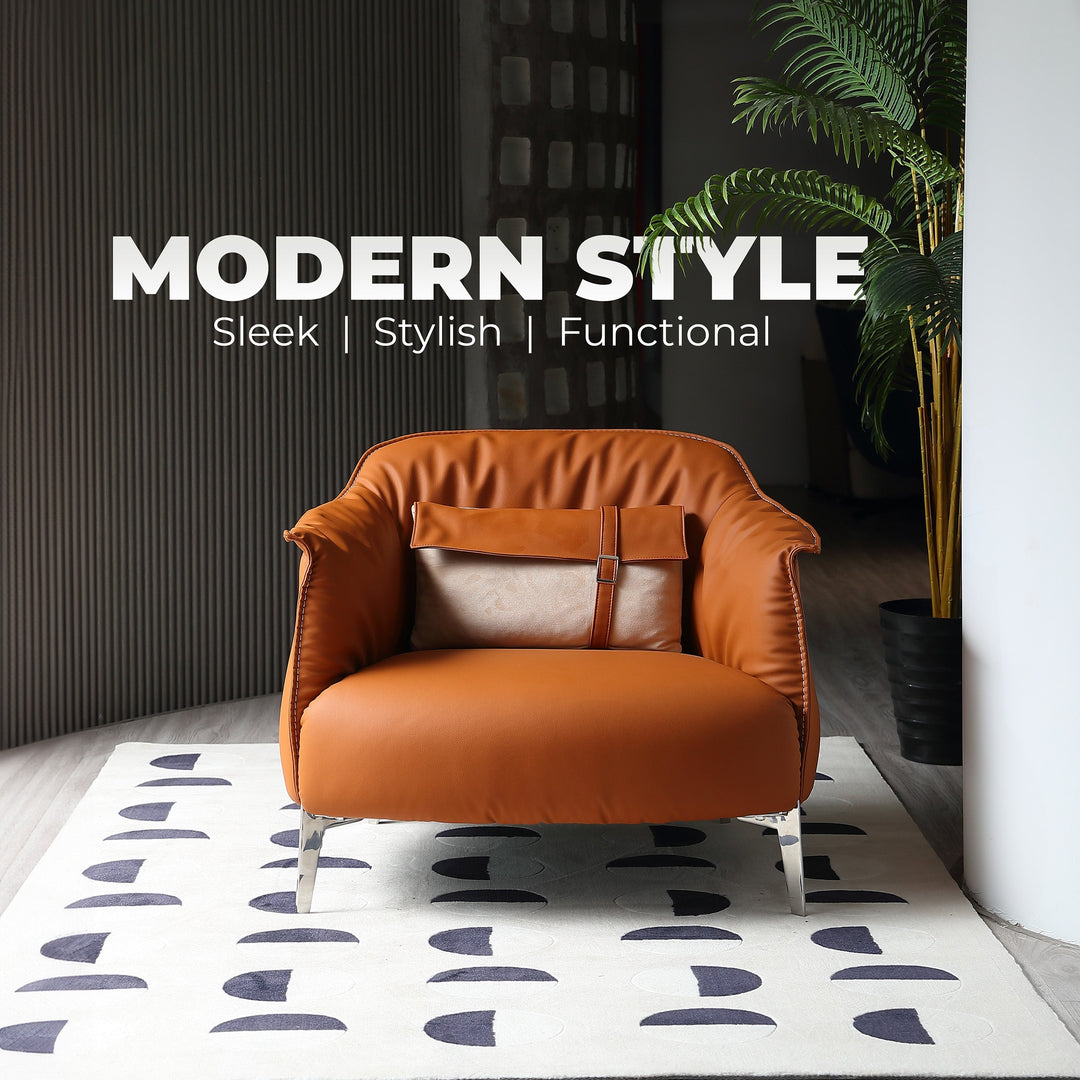
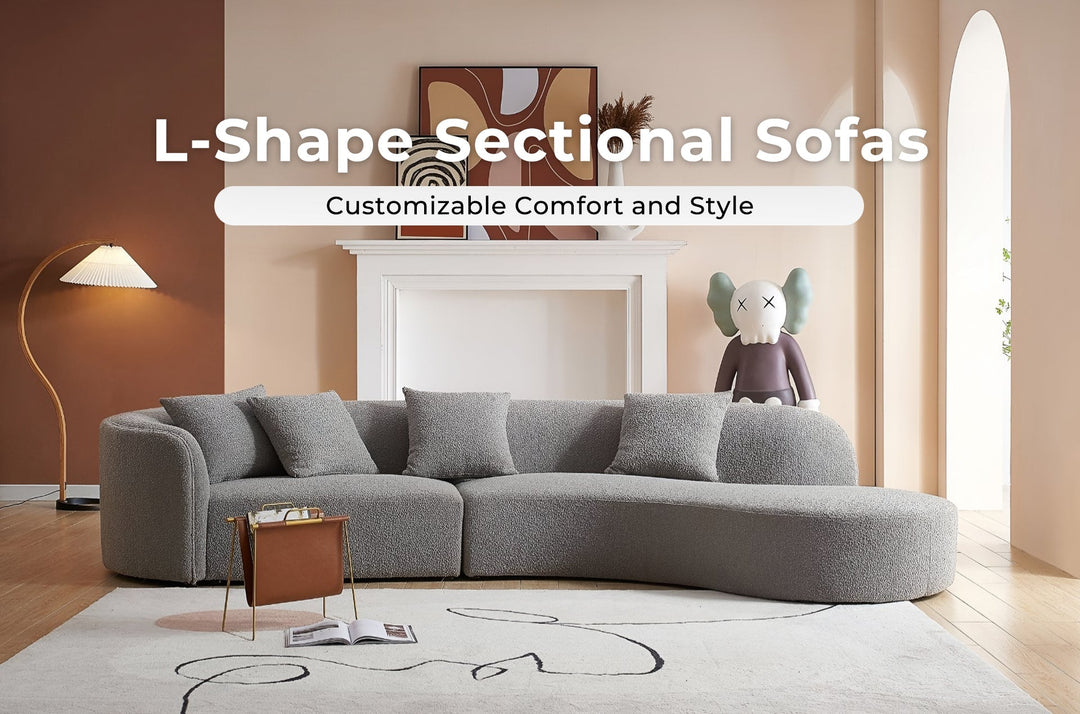

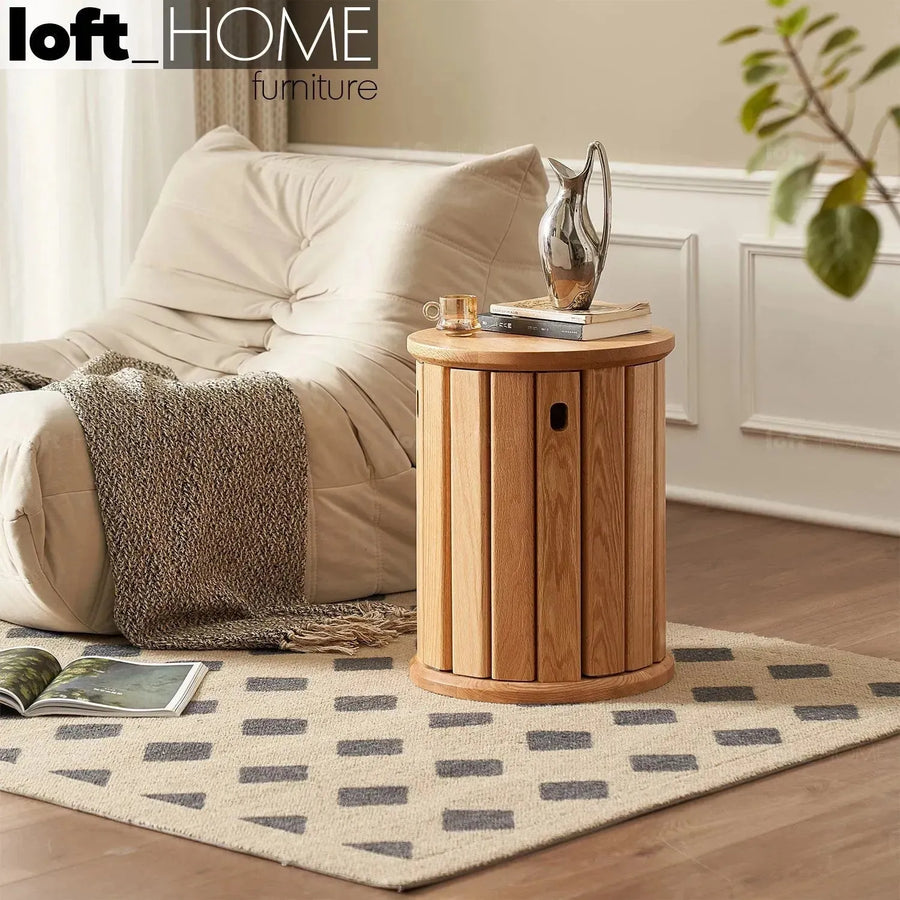
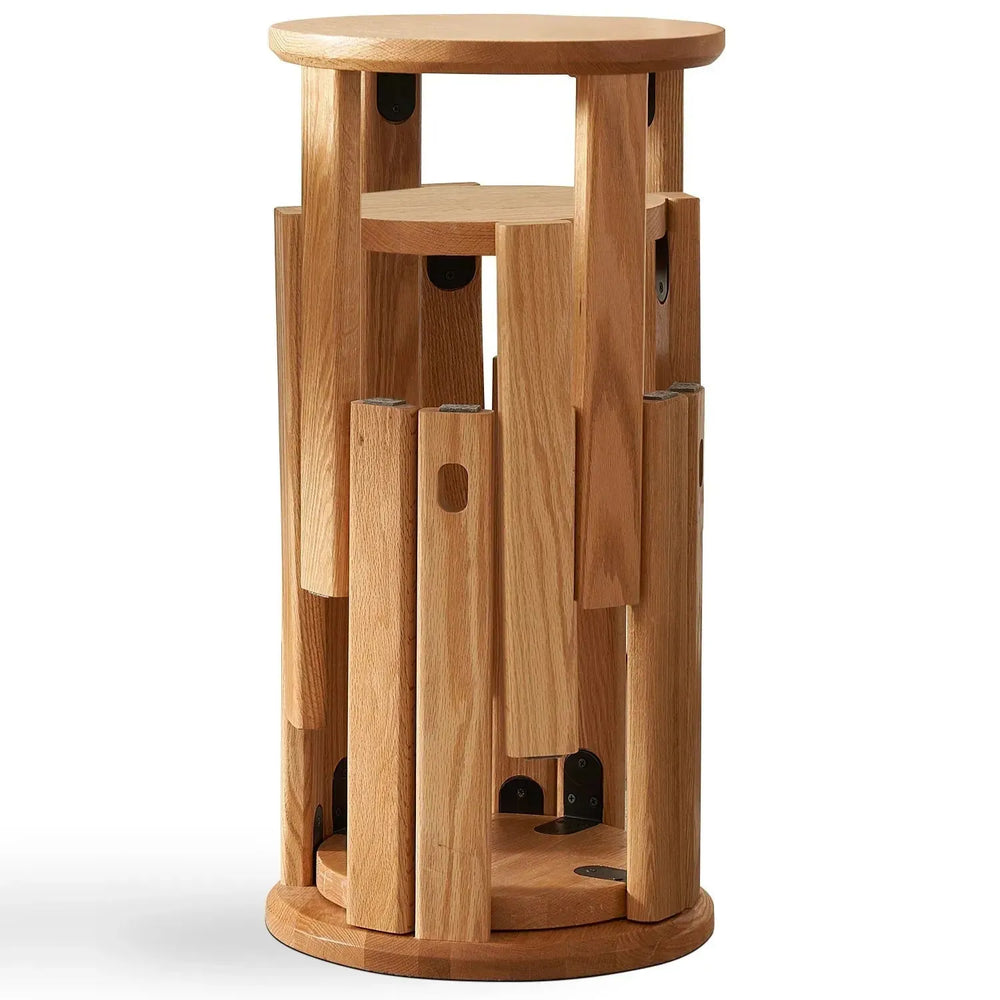



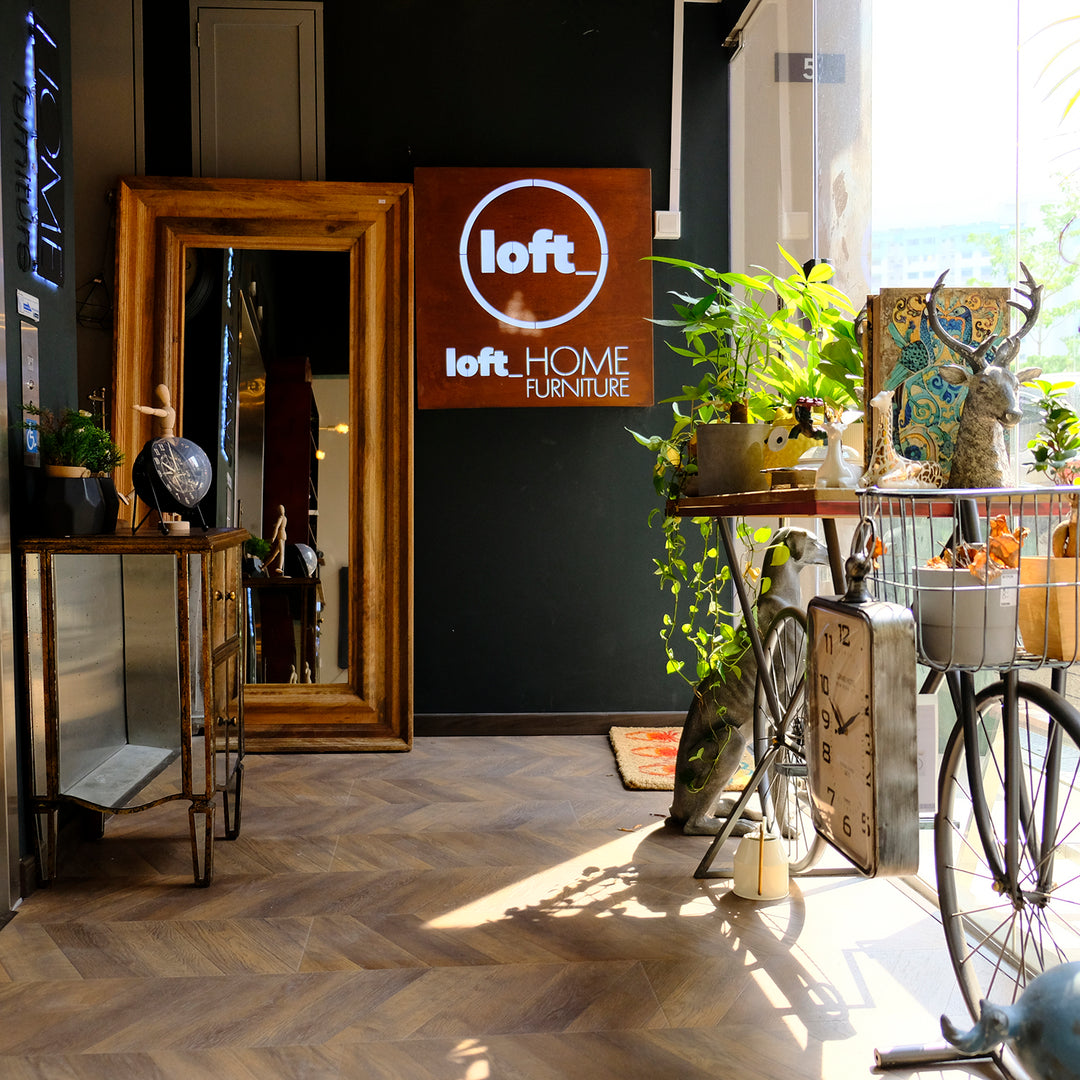
Leave a comment